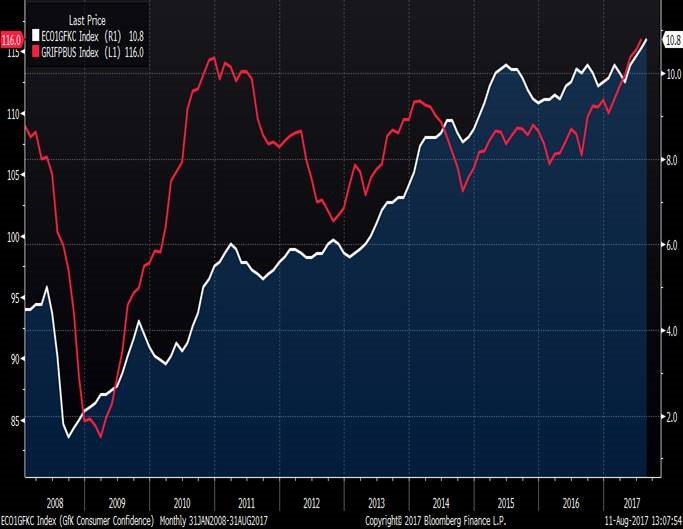We recently presented at Bentleys’ NorWest office on ‘Looking for Yield in a Low Cash Rate Environment’.
With tongue firmly in cheek, we started with a quote from legendary investment writer Ray De Voe who once said “more money has been lost reaching for yield than at the point of a gun”.
We’re in largely uncharted waters at the moment. The backbone of our traditional retirement monies – interest from cash deposits – is at an historic low but many investors are reluctant to move up the risk curve in order to eke out better yields from their monies. Let’s consider actual Australian empirical data. Official interest rates are at an historic low, inflation is below the RBA target, debt is being directed into households rather than business investment. We are seeing sluggish GDP growth, little real increases in wages and a struggling retail sector.
Let’s also consider how the world is changing. Advances in technology have spawned new ways of doing things, new devices and new corporate leaders. Those that do not engage with new technologies get left behind. New global players have joined markets that used to have cosy monopolies or duopolies putting competitive pressure on traditional icons. All of this can impact negatively – or positively – on investment returns, depending on the actions you take.
When we think about looking for yield in this low cash world, we think about 3 key factors that drive markets and economies and hence returns:
- Demographics
- Globalisation
- Pace of technological change
You can’t escape those 3 drivers: Japan is one of the few countries in the world where population is in decline. They have negative interest rates. Our grocery shopping used to be largely a choice between Coles and Woolies. We now also have a resurgent IGA, Aldi, Costco and soon Lido. Hands up everybody who used to have a Blackberry. Keep your hand up if you still have one. The point is that as markets, economies and technologies change, sticking with the tried and true, as an investor, can see you left behind with sub-optimal returns.
Let’s talk a bit more about Australia. We’re often called ‘The Big Country’ but from an investment perspective, we’re actually pretty small. And our stock market is horribly skewed to banks and mining as you can see when we compare ourselves to the US, for example.
For domestic investors, Australia will always be an anchor – there is a degree of comfort knowing future liabilities can be readily met by investments they are familiar with and which are readily accessible. And let’s face it, this is where a chunk of our long term savings – in the form of superannuation – are held. Franking credits are also a big attraction. But if an investor’s home bias is too strong, they are restricting themselves to a concentrated investment environment and the risks and returns that come with that. Consider our stock-market where CBA represents just over 9% of the ASX200. 1 stock – 9%. Look what happened to the ASX after the recent ATM scandal hit CBA. And let’s not start on Telstra.
Compare that to the opportunities abroad. The fact is, Mr Trump can make all the noises he wants, we are becoming more and more interconnected meaning there is a flow of goods and services between countries translating into a greater comfort for things that are multinational. One of the loudest messages we can deliver around yield is that to access better returns there invariably needs to be a willingness to invest offshore, following consumer demand. Right now, with the $A where it is, investors have the potential to get a double positive with their returns: access to markets with better performing economies than our own plus an expected deterioration in the $A. This window is fast closing, however.
All of the foregoing leads to the importance of diversification and the concept of bucketing: creating a series of investment buckets each with a discrete purpose.
An appropriately diversified portfolio, as represented by the bucketing strategy, is absolutely targeted to each client and their unique needs, objectives and risk appetite. Accordingly, it is relevant for every stage of the investment lifecycle. As needs, risk appetite and the attractiveness of investments change, so the buckets and their contents can be managed to remain appropriate. In fact, we do not believe in ‘set and forget’ plans, given the constantly changing world we’re in. A plan that is appropriate today may not be so in the future. Regular review of the contents and weightings of each bucket is the prudent course of action.



